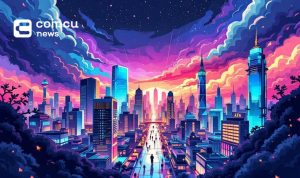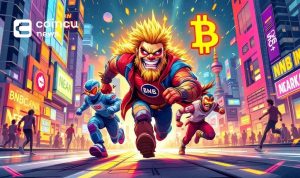The new wave of Web3 music, is the industry ready for disruption?
The music industry dates back to the early 1900s with the advent of recorded music. Over the past few decades, the industry has progressed along with technological changes. From vinyl records to CDs, from radio to television, all of these have brought huge growth to the music industry.
However, the rise of digital music was accompanied by a decade-long downturn in the industry. Free music downloading tools like Napster facilitate rampant piracy. Users are happy to see free music, but the sharp decline in the income of music companies has led to large-scale layoffs in the industry, which still plagues many practitioners.
Fast forward to the last few years, and a new wave of technological change brought about by blockchain technology has once again swept across many industries, including music.
This new wave, dubbed Web3, is accompanied by cryptography such as blockchains, cryptocurrencies, and NFTs (non-fungible tokens). Especially the large-scale out-of-circle and explosive growth of NFT in 2021. When people are immersed in the imaginary value of NFT, Web3 music, or NFT music, is quietly changing the music industry. This time, is the music industry ready for disruption?

Original intention: save independent artists
Artists seem to have glamorous lives of fame and fortune. However, the reality is quite the opposite. There is an ever-present dark side to the music industry, and that is the exploitation of artists by music companies. Artists who avoid inequality by remaining independent often need to worry about whether they will survive. These independent artists have been looking for a way to make their income stable, and the emergence of blockchain technology seems to be a solution. However, regulating copyright through this new technology ultimately failed.
In 2020, the new crown epidemic has hit the music industry, especially live performances, and many independent artists have lost this most important source of income. As a result, many artists are feeling unprecedented pressure to make a living. If we look back at the many Web3 artists who became famous in early 2023, almost all of them will have to find a new way to create for a living in 2020: selling NFT.
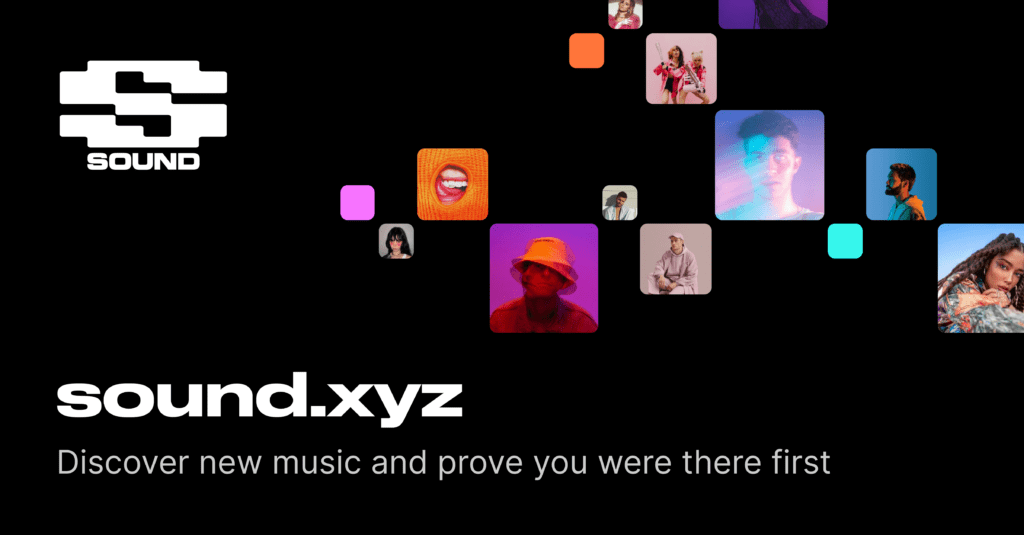
Entering the music industry
Back in early 2021, the so-called “Year of the NFT,” the entire music industry was stunned when 3LAU (one of the top 100 DJs) auctioned off his NFT album “Ultraviolet” for over $11 million. His agency, YMU, is pleased to announce that, “during the pandemic, artists’ incomes have been severely impacted by the stoppage of touring and other factors. However, NFT auctions present an exciting opportunity to put art Monetize. 3LAU has demonstrated this in historic fashion.”

Despite these pioneers, the real explosion of music NFTs won’t happen until the summer of 2022. Progress has been slow for a number of reasons, one of which is artists questioning the benefits of using NFTs to distribute music.
After all, the logic of music NFTs is very different from that of image-based, indiscriminately disseminated NFTs. Furthermore, the mentality of an artist is different from that of a consumer buying an NFT. Artists have tried to solve this problem, such as giving their NFTs “useful” attributes-such as tickets for future offline performances or VIPs for peripheral products.
This strategy has ostensibly succeeded in popularizing NFTs in the music industry, but we believe there is a better way for Web3 music and Web3 artists to succeed: the community!
Web3 gives artists a consumer community
“There is nothing new under the sun.” Back in 1999, David Bowie gave a visionary interview to the BBC about the transformative power of the Internet (now known as Web1), envisioning that artists should have relationships built with their fans and community.
In fact, back in 1997, he issued “Bowie bonds,” a unique type of asset-backed security. Backed by Bowie’s then and future income from album sales and live performances, it was arguably the precursor to social tokens. However, even if platforms like Twitter and Instagram pop up exactly as he expected, the artist’s relationship with fans and the community remains unsatisfactory.
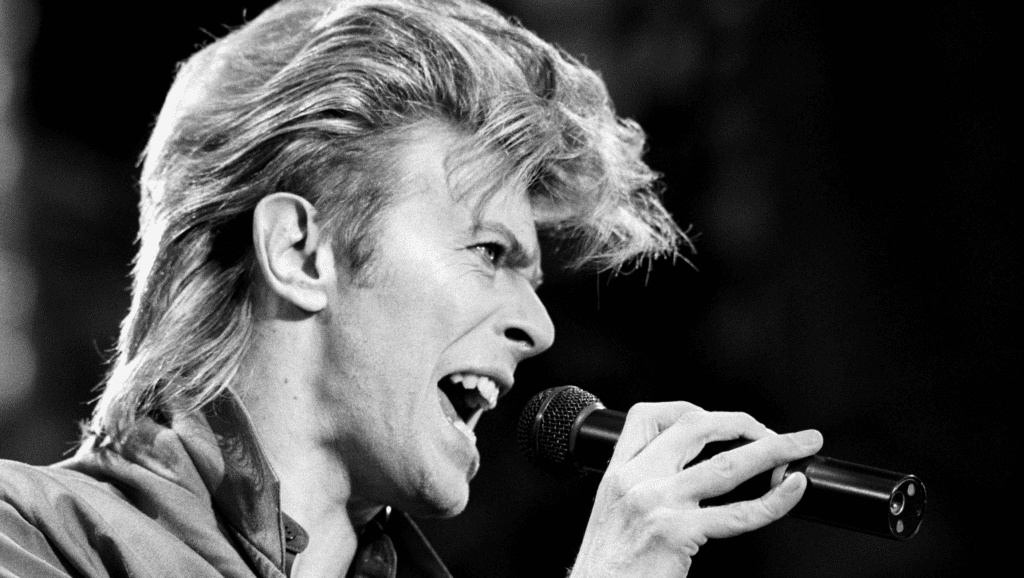
Only now has the emergence of the Web3 community fulfilled this prophecy. Artists in the Web3 era no longer need to rely on a specific platform provided by a record label to build a community or make a living, like Kevin Kelly’s “1,000 True Fans” theory. (If you have 1,000 true fans who buy everything you create, and you can create $100 worth of product per year, you can make enough creator income, in this case, $100,000 per year, to sustain your own Life.)
When the famous Chinese-American author and creator economy investor Kelly first proposed the “1,000 True Fans” theory, most people thought that paying 1,000 fans was not enough. But let’s look at a case study from the Web3 music platform sound.xyz: Kasbeel, a musician from Colombian favelas, sold 1.81 ETH for three singles in the past two months, for a total of 58 NFTs (some of which were free) ), this amount of money is not a small amount in her hometown.
More notably, 30-year-old American DJ Mija received 10 ETH and 15 ETH for his efforts in releasing singles in December and November, respectively. Between 25-120 NFTs were released for each of these singles.
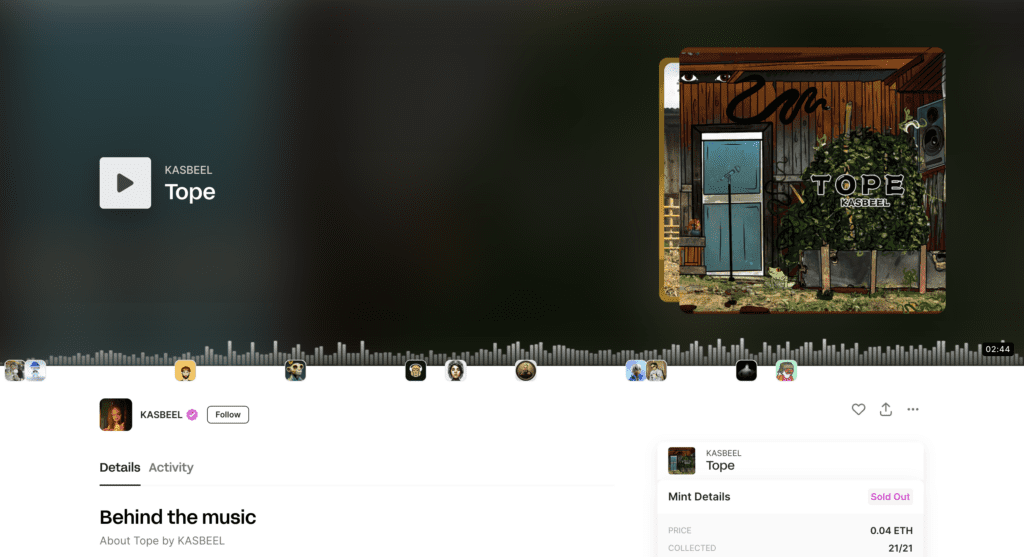
The difference between these Web3 artists and traditional artists is that when their works are published on the Web3 platform, not only 100% of the income belong to the artist, but also 10% of the royalties will flow back to the artist for subsequent resale.
There is no “killer” social platform in Web3 yet, so these artists often use Twitter or Discord to build their fan communities and interact with other artists. In the words of Reo Cragun, another active Web3 artist, he gained a natural fan base on the Web2 platform on Web3. He is more than willing to hold private concerts for fans and NFT collectors so that they can get the best music experience.
At the same time, he is also actively buying the works of other artists because they are the people and works he likes, and he can benefit a lot from them. Creating this kind of creator-fan loop would have been challenging in the past without NFTs.
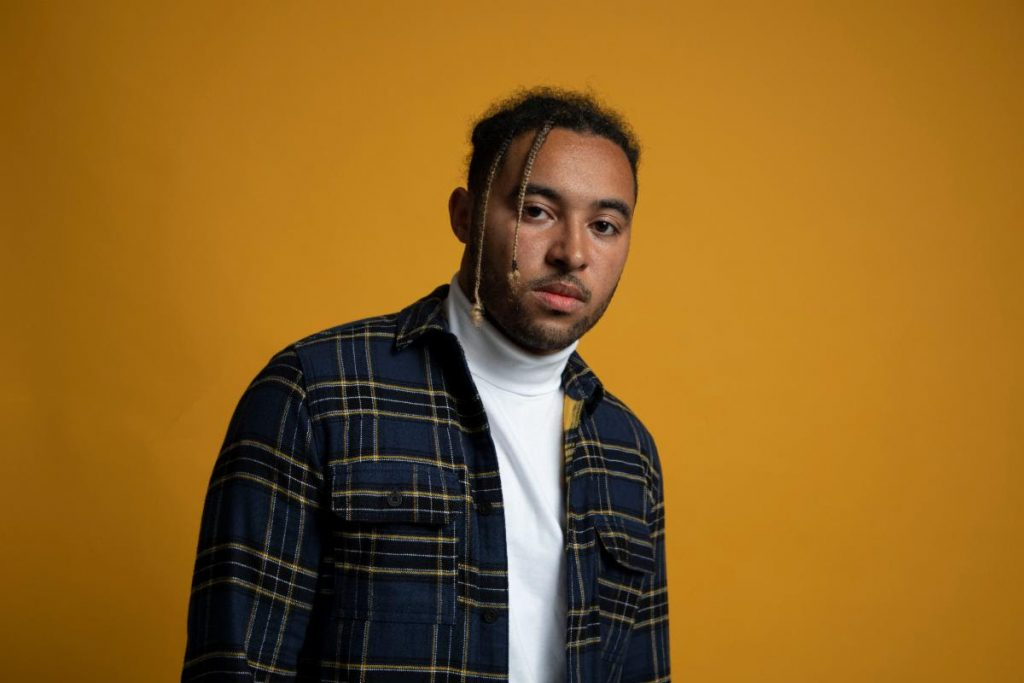
Web3 music goes offline
IRL (In Real Life) stands for offline events and experiences. So while Web3 may sound like a product of the internet, it has moved beyond computer screens and into the real world of the music and arts industries.
Most artists rely heavily on live events during their careers to generate income. During the pandemic, many live performances had to be canceled. However, fan demand for music and art is on the rise. Do not believe? Looking at the numbers reported by the IFPI (International Federation of the Phonographic Industry) and RIAA (Recording Industry Association of America), the music market in 2021 surpassed its peak 10 years ago and continues to strengthen.
This is certainly not because Web3 has played the role of “savior”-Web3 is still just icing on the cake for the music industry as a whole. However, the Web3 community quickly discovered a new social need around NFTs.
When avatar NFTs became popular, many people formed new communities around the same type of NFT, whether for investment value or bragging rights. From the day of their birth, these new communities have a distinctly rebellious character, similar to the hippie culture of the 1970s.
When people from all walks of life come together under the Web3 banner — from students to entrepreneurs to celebrities — they chat in Twitter Spaces or Discord channels, and plan Web3 events. Still, the rebellious and ethereal core of Web3 has resulted in a more cohesive community than the previous Web2 community. It is clear that when such a new circle is formed, people are more curious, exploratory, and communicative.
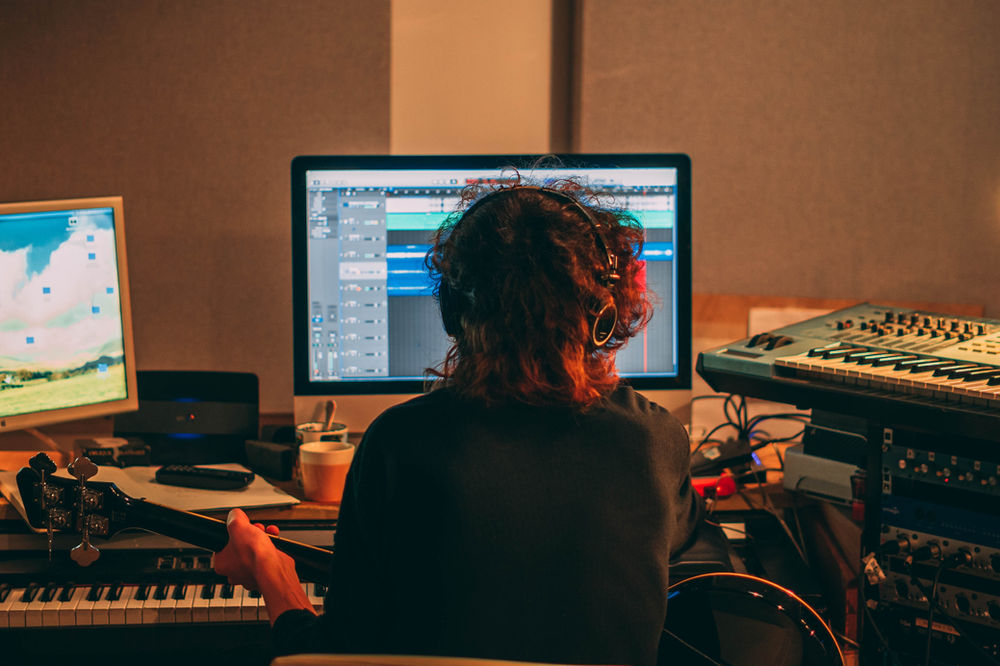
DAOs, communities flourishing
After a bad day at the end of 2020, American artist Seth Goldstein chose to take a break with his camera to Venice Beach in Los Angeles. At that time, because of the epidemic, the entire Venice Beach seemed to be in a depression. The disheartened Seth has nothing to do every day, so he shoots the sunset with his telephoto lens and saves many beautiful beach sunset photos. Then a friend suggested that he make these photos into NFTs.
After using AI to make his photos into video NFTs and sell them quickly, Seth was not complacent about it. He began to think deeply about the value of NFT as a new art form. In Seth’s view, as entrepreneurs and artists with NFT, people don’t have to own physical paintings and artworks to watch and consume them.
Imagine a scenario where people in an online community can walk into their local gallery, experience a physical work of digital art, interact with other enthusiasts in person, and also enjoy that work of art on the blockchain anytime, anywhere. Inspired by this idea, Seth created a DAO (Decentralized Autonomous Organization): Bright Moments.

The reason for adopting a DAO rather than a traditional organization is Seth’s desire to create an active online community that should be governed by and beneficial to all members. Therefore, he also practiced the governance form that DAO should have – issuing governance tokens, exclusive NFT, etc. Bright Moments has been very commercially successful so far, showcasing and launching many phenomenal NFT projects.
Still, one of the most successful aspects is that it uses a unique offline experience: to get an exclusive NFT, you have to go to Bright Moments’ offline gallery to mint it yourself. This approach appeals to a lot of people. Even if you can’t go to Los Angeles, which has offline galleries for the time being, people are willing to buy NFT in the secondary market.
Bright Moments soon expanded to Berlin, New York and London, and some of the artists known for their work began to show their talents. For example, in Berlin, some Bright Moments musicians followed its model and created an offline electronic music club called /GLU: T/, aiming to build a Web3 fan community based on offline venues.
The project was once at the top of the five lists of the well-known Web3 culture incubator SeedClub, but unfortunately, it was eventually cut off. However, the community is still going strong for now.

Another similar project, wavWRLD (also on SeedClub’s list), was launched by several musicians from Web3 company SongCamp and hosted weekly offline shows exclusively for NFT collectors. To date, dozens of independent artists releasing NFTs have been invited to give concerts, and that’s exactly what Web3 artists like the aforementioned Reo Cragun aspire to do.
As a result, these artists and their respective small communities developed a more cordial relationship with each other. They facilitate subsequent NFT distribution and sales of these artists. Not only that, but wavWRLD has also started exploring the idea of making live performance audio and video as NFTs, which seemed ridiculous even in the Web3 world a few months ago. But now, this also seems to be a new trend.
Conclusion
These examples show the impact of Web3 on the music industry. Although it originated in the field of technology, it has changed the paradigm of the music and arts industry from creation and distribution to artist-fan interaction. The pandemic unexpectedly catalyzed this process. Community and experience are at the heart of the convergence of Web3 and the arts. As the impact of the global pandemic recedes, we can expect music consumption, dominated by live music, to make a comeback. But can the new Web3 paradigm continue to make an impact?
We believe it will. With the gradual improvement of Web3 infrastructure and the continuous integration of the encryption economy and real life, various Web3 offline music festivals are also gaining momentum.
What kind of new experience will these music “grand ceremonies” bring to the industry? Let us wait and see!
DISCLAIMER: The Information on this website is provided as general market commentary and does not constitute investment advice. We encourage you to do your own research before investing.
Join us to keep track of news: https://linktr.ee/coincu
Website: coincu.com
Harold
Coincu News







